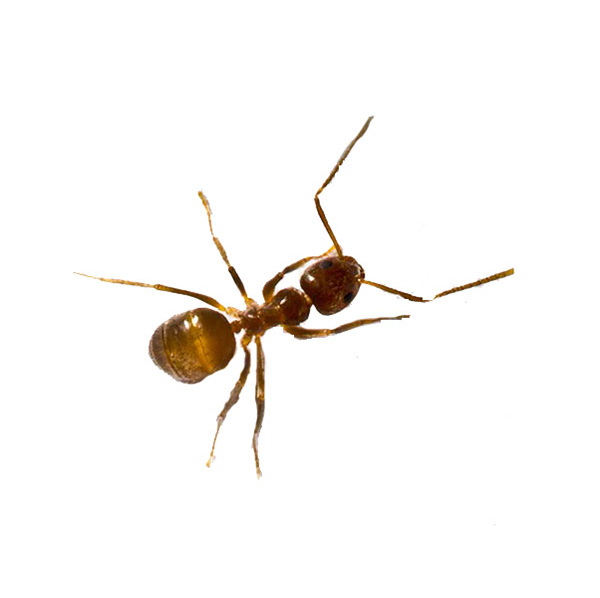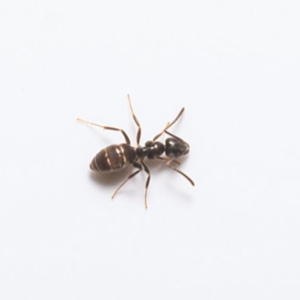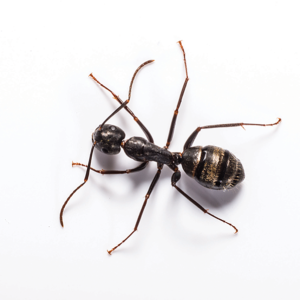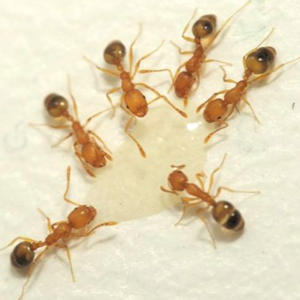
Tawny Crazy Ants in Atlanta, GA
Introduced to the public in Texas around 2002, Tawny crazy ants, also known as “raspberry ants,” have spread to the Atlanta, GA region. They’re suspected of displacing fire ants. Tawny Crazy Ants, named for their beige hue and unusual wandering patterns, use pheromone trails like other ants. However, their lengthy legs and sporadic movements prevent them from forming orderly lines, creating a distinct erratic look. Their impact includes damaging grass, displacing other insects, and causing harm to electrical systems, affecting both urban and rural areas.
Tawny Crazy Ant Habitat
Building sizable nests, usually close to moisture sources, tawny crazy ants occupy any accessible gaps or crevices. They establish nests in leaf litter, discarded materials, moist soil, and sheltered environments. While their colonies primarily exist outdoors, these ants will explore indoor spaces in search of meat and sugary foods. Their nesting spots extend to potted plants, tree stumps, and electrical devices. Tawny Crazy Ants hunt live creatures, scavenge from deceased animals, and care for aphids like livestock to harvest their honeydew secretions.
Tawny Crazy Ant Behaviors, Threats, or Dangers
Tawny crazy ants have a biting ability but lack a stinger, resulting in mild and short-lived pain. Their foraging instincts lure them indoors, particularly towards electrical devices, leading to the destruction of electronics and the potential for fire hazards. They commonly infest televisions, stereos, computer components, and various household appliances. Their tendency to chew through insulated wiring poses a significant risk, potentially causing electrical shorts and posing fire hazards. For effective infestation management, contact a professional ant exterminator.




